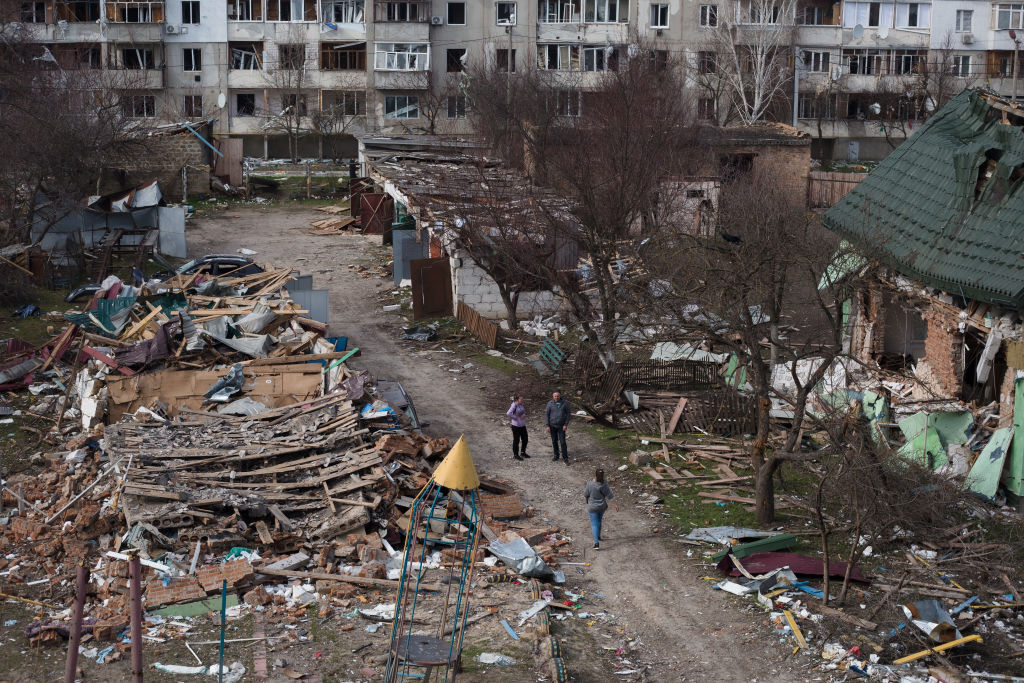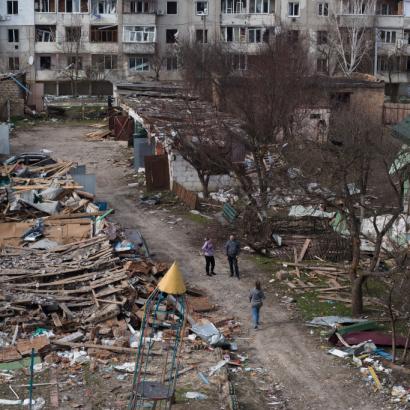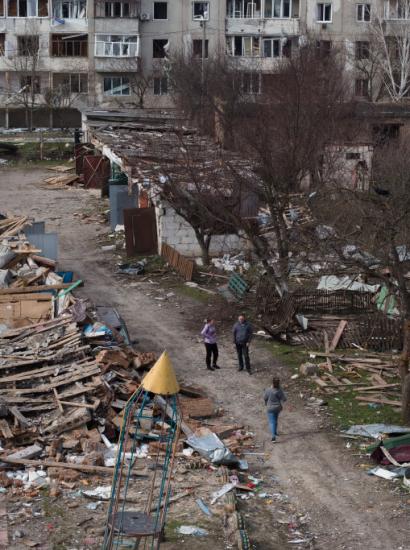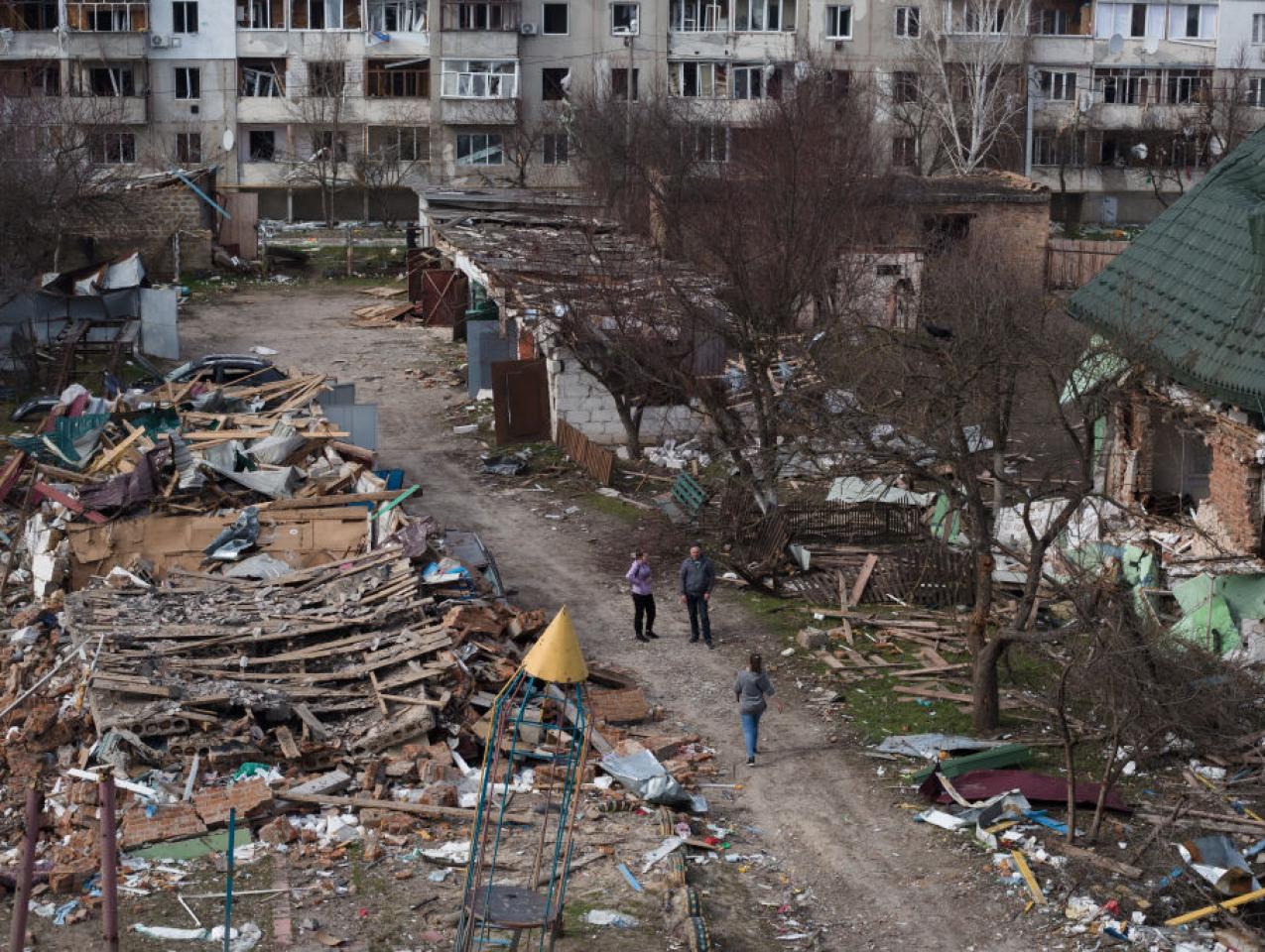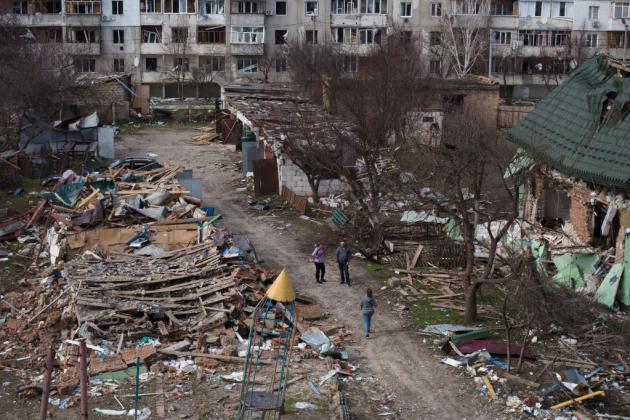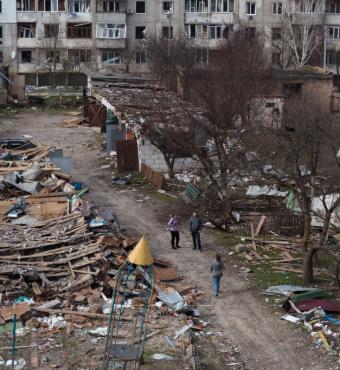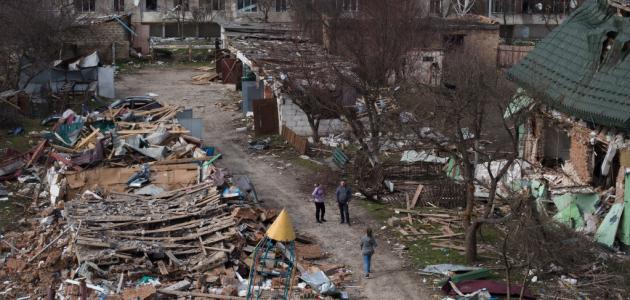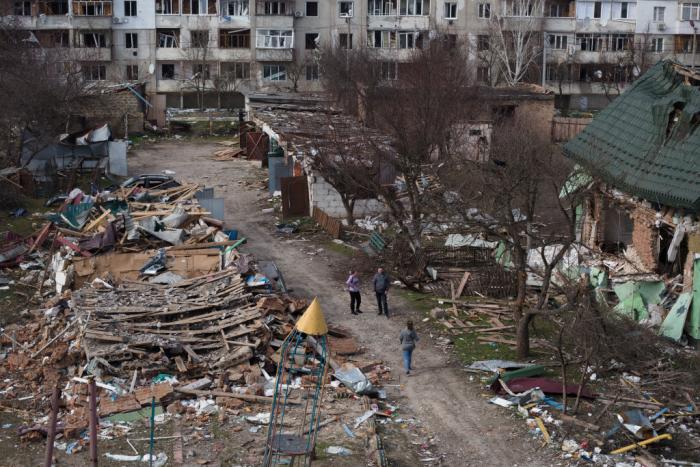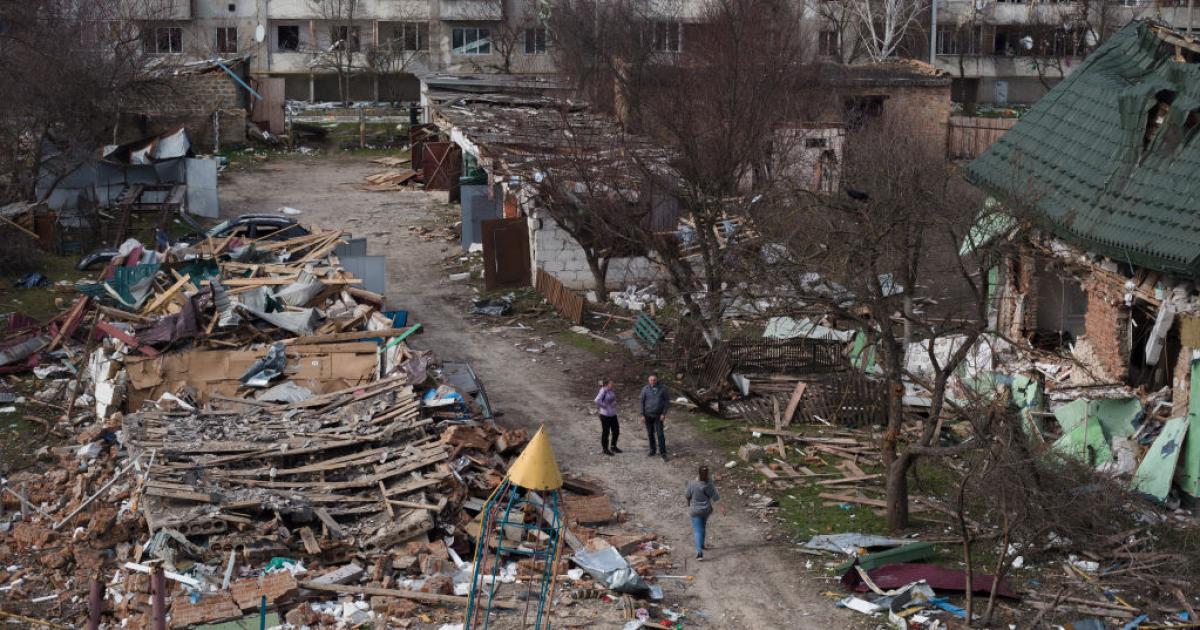- History
- Military
In war, the head of state defines the end state to be achieved by force and allocates military resources accordingly. The end state for Ukraine is to expel Russian forces from all its territory and to insure transit of the Black Sea. The end state for Putin is a settlement leaving Russia in control of Crimea, southeastern Ukraine, and the Black Sea, plus an easing of the sanctions restricting its economy. The end state of President Biden and a majority of NATO nations is a negotiated settlement. This favors Putin because negotiations are based upon compromise; Putin must be provided concessions in return for ceasing fire. Conversely, if Ukraine has regained all its territory, there’s no land to concede.
President Biden cannot both mollify Putin and satisfy Zelensky. But despite being asked many times, President Biden has skillfully avoided saying that his objective is a Ukraine governing all its territory. The evidence is overwhelming that the U.S. and the West do not intend for Ukraine to achieve such a win. A few weeks after Russia invaded in 2022, Secretary of State Antony Blinken explained that the war would end by negotiations, not victory. “If it (Ukraine) concludes that it can bring this war to an end…and that requires the lifting of sanctions, we’re going to look at that,” Blinken said, “The purpose of the sanctions is not to be there indefinitely. It’s to change Russia’s conduct. And if, as a result of negotiations…we achieve that, then at some point the sanctions will go away.” The penalty for aggression was taken off the bargaining table weeks after the invasion began.
The Chairman of the Joint Chiefs, General Mark Milley, made it ever easier for Russia. He has shown journalists a card that reads: “Contain war inside the geographical boundaries of Ukraine.” We have seen the consequence. Ukrainian civilians are murdered daily by weapons launched from Russia, while the U.S. refuses to send weapons that could strike military targets inside Russia. Russia is treated as a sanctuary because General Milley seeks to “contain” the war. However, it is not escalation to hit back at the aggressor; it is self-defense.
Milley went even further, suggesting Ukraine cut a deal to avoid further suffering. Similarly, the leaders of Germany and France have urged Ukraine to negotiate. Compared to most of NATO (and especially to Germany), President Biden has shown resolve and generosity. In February of 2023, he told the Ukrainians, “You’re going to continue to prevail, fighting for as long as it takes. And that’s how long we’re going to be with you.”
Mr. Biden’s pledge suggests 2023 will be a slogging war of attrition. Starting a year ago, he determined by intuition what aid to give. He refused to send the types of weapons to shatter the Russian lines and force a pell-mell retreat. His fear of angering Putin underlies his decisions. He simultaneously gives and denies aid—yes to short-range artillery and no to long-range, yes to air defense, and no to fighter aircraft. As a result, Ukraine has arms sufficient for defense and a grinding offense, but not for a mobile, rapid push forward.
This indeterminate fighting favors Putin. In 2022, Russia’s GDP was negative 2%, with another 1% loss projected this year. That is severe, but not war-altering. China and India continue to scoop up Russian oil at discount prices. Sanctions have not bitten deeply enough to affect the battlefield.
In terms of the U.S. public, however, President Biden’s reactive approach to Ukraine seems to be well set up for the next two years. With the 2024 election looming, he occupies the politically secure middle ground. On his one flank, former president Donald Trump is promising to withdraw support, substituting magic in its place. “Before I even arrive at the Oval Office, I will have the disastrous war between Russia and Ukraine settled. It will be settled quickly. I will get the problem solved and I will get it solved in rapid order. It will take me no longer than one day.”[1] On Biden’s other flank, any contender urging offensive arms for Ukraine will be accused of escalating and risking world war.
But the president has also driven mid-term American security policy into a cul de sac. “There’s no basis,” Mr. Biden said in February of 2023, “upon which to know what’s going to be needed a year or two or three from now. Our support for Ukraine will not waver.” Consider the breadth of that declaration. He anticipates providing aid at least through 2026, a long war indeed. Yet he professes not to know what’s needed. The reason is that he has specified no objective. He declares that Ukraine will prevail but will not say what prevailing means. Without an end state, military requirements and aid are infinitely elastic. Given all we read publicly, our military agrees with this baffling meander downstream without a set destination.
In the past half year, Ukraine, if provided armor and offensive weapons, was poised to shatter the Russian army. With that threat removed, America could shift military resources and focus toward China. Instead, President Biden insists that Russia remains a sanctuary while supporting Ukraine with weapons only for a long war of attrition.
We now face adversaries on two fronts for, to quote the president, “a year or two or three from now.” It is irony to boast that NATO has never been stronger, while America must provide substantial forces and more funds to Europe indefinitely.
The die is cast. History is an account of human decisions, including those made and foregone by President Biden.
[1] Remarks at CPAC, March 5, 2023.







